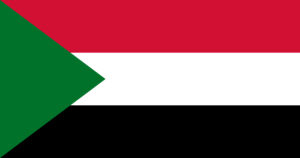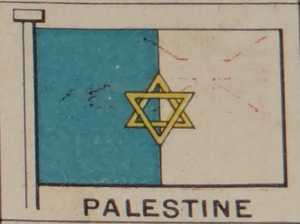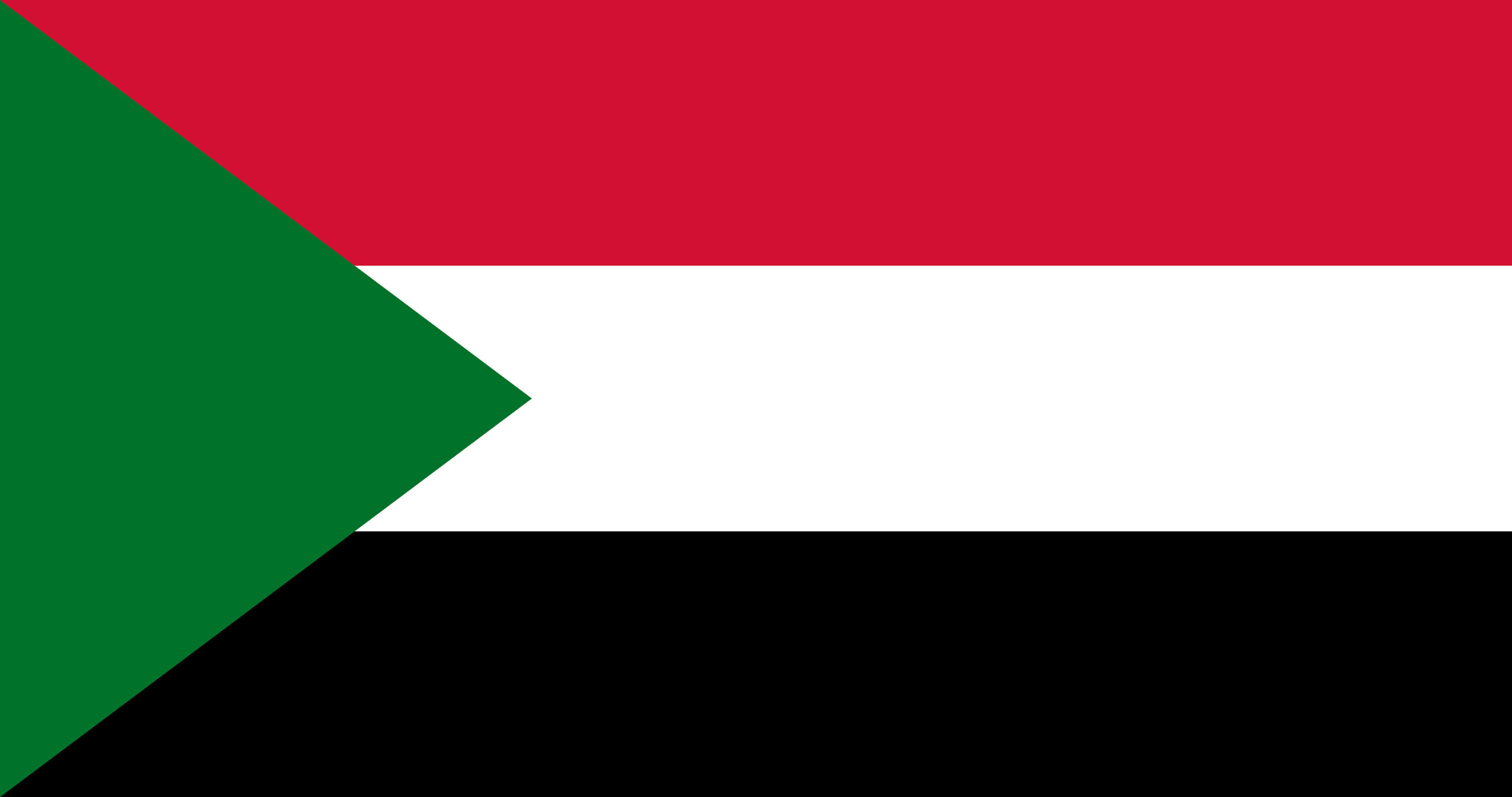Introduction
In this blog, we embark on a journey to unravel the symbolism and historical significance of the Flag of Palestine . This iconic flag carries a story of resilience and represents a nation’s identity, struggles, and hopes. We’ll delve into its origins, early designs, and how it evolved through different phases of history. From the British Mandate era to the modern representation, we’ll explore how the flag mirrors the unwavering spirit of the Palestinian people. Join us as we uncover the intricate tale behind the flag that stands as a powerful symbol of unity and endurance.

Origins of the Palestine Flag
The origins of the Palestine flag date back to a crucial period in the early 20th century when the Palestinian national identity was beginning to solidify. During the Arab Revolt against Ottoman rule (1916-1918), a sense of unity emerged among Arab nations, including Palestine. The flag was first introduced in 1917 by the Arab nationalist movement, inspired by the Arab Revolt. Its design featured three horizontal stripes: red, white, and black.
These colors were symbolic, with red representing the Hashemite dynasty, white signifying the Umayyad Caliphate, and black symbolizing the Abbasid Caliphate. This tricolor design mirrored the Arab Revolt flag. Later, in 1936, the Palestinian Arab Congress modified the flag, incorporating a green triangle at the hoist and swapping the red stripe for a broader one. The green represented the agricultural nature of the land. The flag’s design evolved over time, reflecting the evolving aspirations and struggles of the Palestinian people for self-determination and statehood.
Early Designs and Variations of Palestine Flag
In the early stages of its existence, the Palestine flag underwent various design changes and adaptations that echoed the shifting political and social landscape of the region. The initial design, inspired by the Arab Revolt against Ottoman rule, featured three horizontal stripes: red, white, and black. These colors held deep symbolism tied to Arab history and heritage. However, as Palestine’s struggle for identity and recognition intensified, so did the modifications to the flag.
In 1936, during the Arab revolt in Palestine against British rule, a green triangle was added at the hoist to represent the agricultural nature of the land and symbolize hope. Additionally, the red stripe was widened, becoming a more prominent band. This alteration imbued the flag with a sense of Palestinian specificity, distinguishing it from similar flags in the region. The evolving designs of the Flag of Palestine mirrored the changing dynamics and aspirations of the Palestinian people, illustrating the enduring quest for independence and self-expression.

The British Mandate and Impact on the Flag
During the British Mandate over Palestine, which lasted from 1920 to 1948, the Palestine flag underwent notable changes that reflected the impact of foreign influence on the region. The British administration sought to exercise control over the territory, leading to modifications in the flag’s representation. The British introduced a new administrative flag for Palestine, often referred to as the “Palestine ensign,” which featured a blue field with the Union Jack at the canton and a Star of David at the fly. This representation was a departure from the traditional Flag of Palestine , signifying the imposition of British authority.
Despite these alterations, Palestinians continued to identify with their original flag, preserving its symbolism and significance as a symbol of their national identity and aspirations for self-determination. The impact of the British Mandate on the flag underscores the struggle to maintain cultural and national heritage in the face of external influence and occupation.
Modern Era: The Palestine Liberation Organization (PLO) Flag
In the modern era, the Palestine Liberation Organization (PLO) played a pivotal role in the evolution of the Flag of Palestine , symbolizing the aspirations of the Palestinian people for statehood and self-determination. In 1964, the PLO was established, becoming a prominent advocate for the Palestinian cause. During its early years, the PLO adopted a distinct flag, which featured the same colors as the original Flag of Palestine : red, white, and black.
These colors were arranged horizontally, reflecting the historical symbolism associated with Arab heritage. Additionally, a green triangle was added at the hoist, a nod to the agricultural nature of the land and hope for a prosperous future. The PLO’s flag was a unifying symbol for Palestinians, representing their quest for independence and the creation of a sovereign Palestinian state.
This flag became widely recognized and associated with the Palestinian cause, paving the way for the eventual adoption of a similar design as the official flag of the Palestinian Authority.
The Present-Day Palestine Flag
The current Flag of Palestine, adopted by the Palestinian Authority in 1994, serves as a significant symbol of the Palestinian people’s ongoing pursuit of self-determination and the establishment of a sovereign state. It bears a resemblance to the flag used by the Palestine Liberation Organization (PLO), which was the recognized representative of the Palestinian people.
These colors have deep historical and cultural significance, representing various aspects of Palestinian identity. While the white stripe represents the prospect of peace and a promising future, the black stripe represents the oppressive and occupying past.
The green stripe embodies the fertile land and the Palestinian people’s connection to agriculture. Additionally, a red equilateral triangle on the hoist side of the flag points in the direction of the center of the flag, mimicking the PLO banner and carrying on the tradition of the independence movement.
Challenges and Resilience
The Flag of Palestine has not only been a symbol of pride and national identity but also a powerful representation of resilience in the face of immense challenges. Throughout its history, the flag and the people it represents have encountered numerous obstacles, including occupation, conflict, and displacement.
The Palestinian flag has persevered through attempts at suppression, tearing down, and replacement by occupying forces. Despite adversity, the Palestinian people have shown resilience and proudly waved their flag as a symbol of hope and unity. It serves as a rallying point for their aspirations and a reminder of their unwavering spirit.
The flag has stood tall through times of hardship, becoming a source of inspiration and a testament to the unyielding determination of the Palestinian population. It encapsulates their resilience, unity, and unwavering resolve to achieve their long-standing dream of a free and independent Palestine.
Conclusion
The struggle for identity, freedom, and self-determination has a rich history and is symbolized by the Flag of Palestine, in conclusion. This flag, which first appeared during the Arab Revolt, has stood for the hopes and tenacity of the Palestinian people ever since.
The evolution of its design mirrors the changing political landscapes and the enduring quest for statehood.
The Palestinian flag transcends boundaries and represents the aspirations of a people striving for peace, justice, and self-determination. It symbolizes their endurance, courage, and unwavering spirit in the face of adversity
FAQs
- What do the colors of the Flag of Palestine represent?
The colors of the Flag of Palestine hold symbolic meanings. Red represents the Hashemite dynasty, white signifies the Umayyad Caliphate, and black symbolizes the Abbasid Caliphate. Green reflects the agricultural nature of the land, and the red triangle represents hope.
- When was the Flag of Palestine first introduced? The Flag of Palestine was first introduced during the Arab Revolt against Ottoman rule in 1917. It evolved over time to its present-day design, reflecting the changing political and social contexts in the region.
- What does the Flag of Palestine symbolize for the Palestinian people?
The Flag of Palestine symbolizes the struggle for independence, self-determination, and the right to statehood. It serves as a potent symbol of Palestinian solidarity, tenacity, and hope for a future devoid of tyranny and occupying forces.





3 Comments on “Evolution of the Palestine Flag: A Story of Resilience”